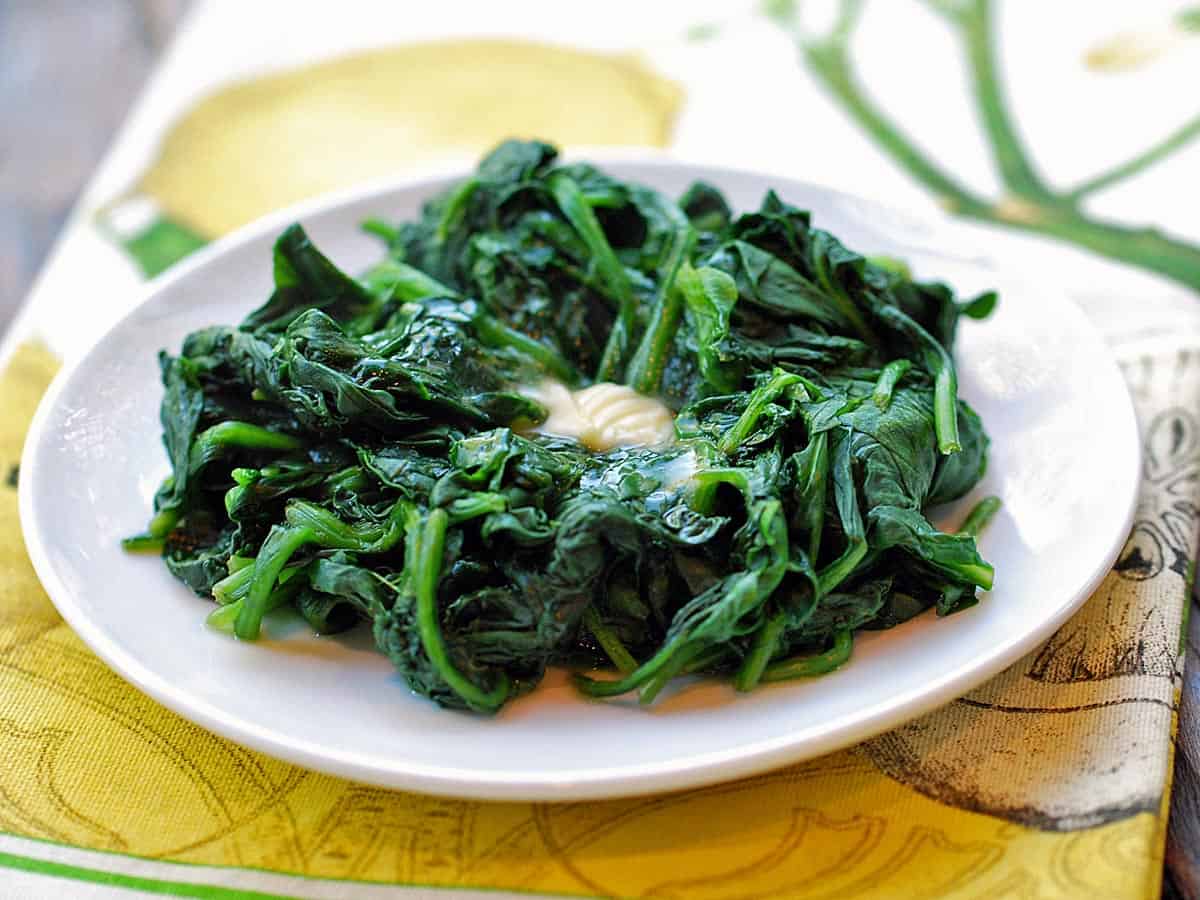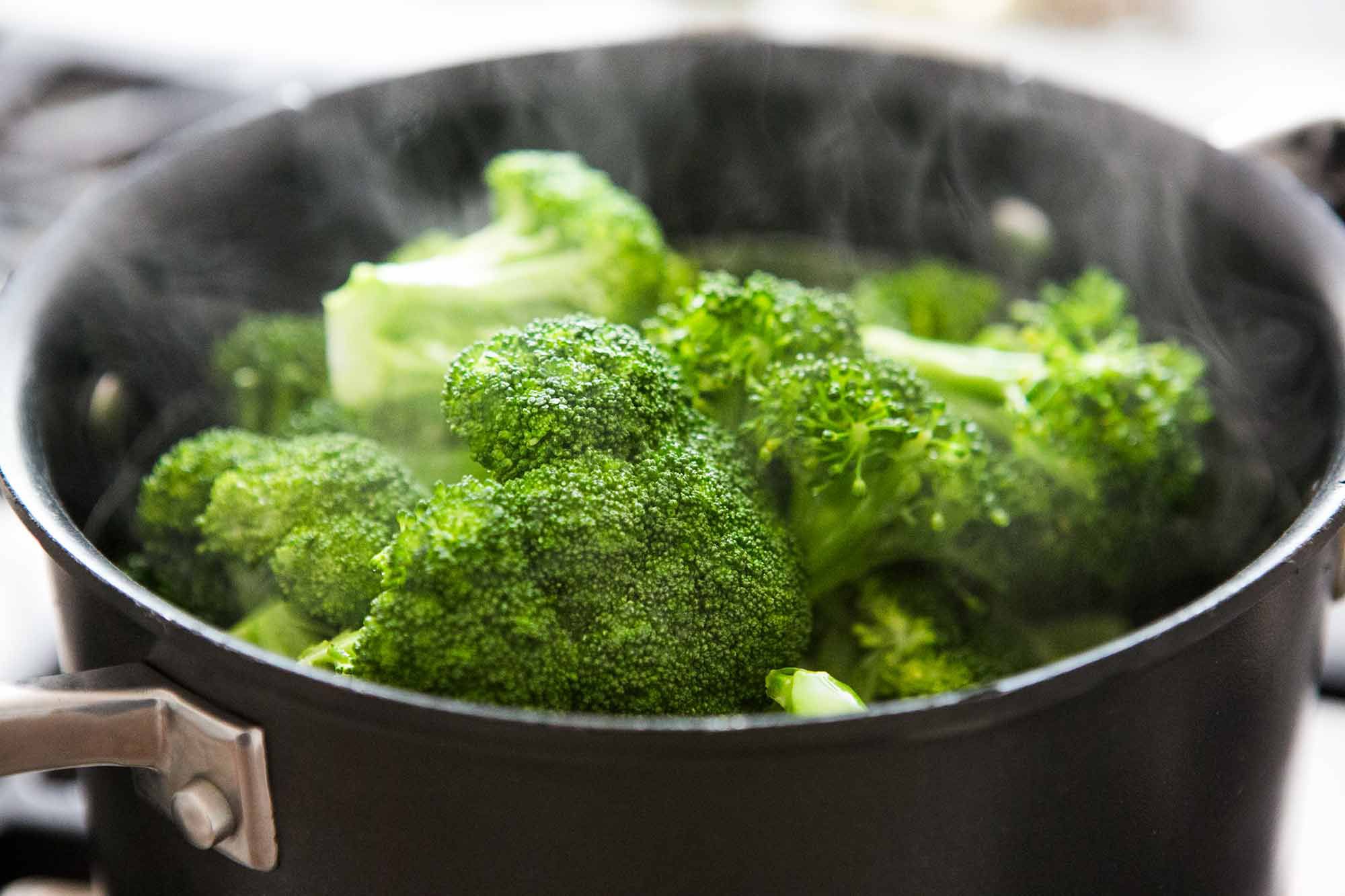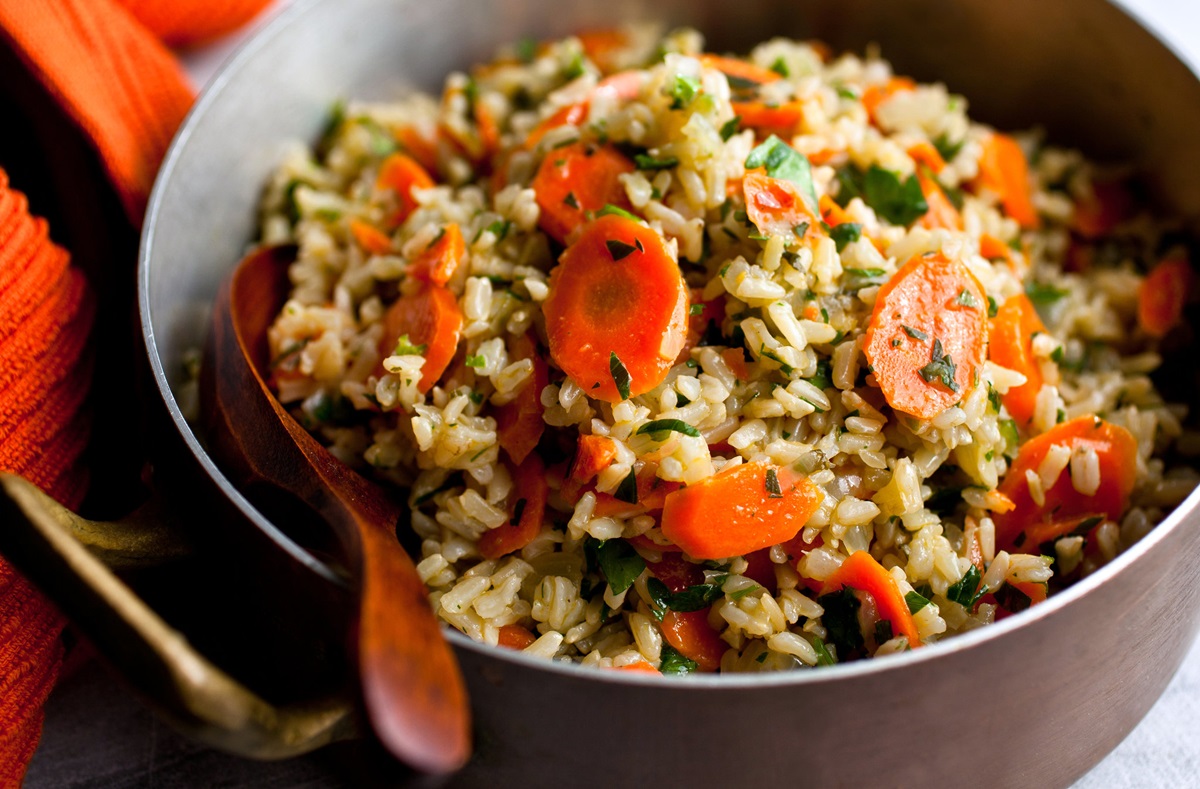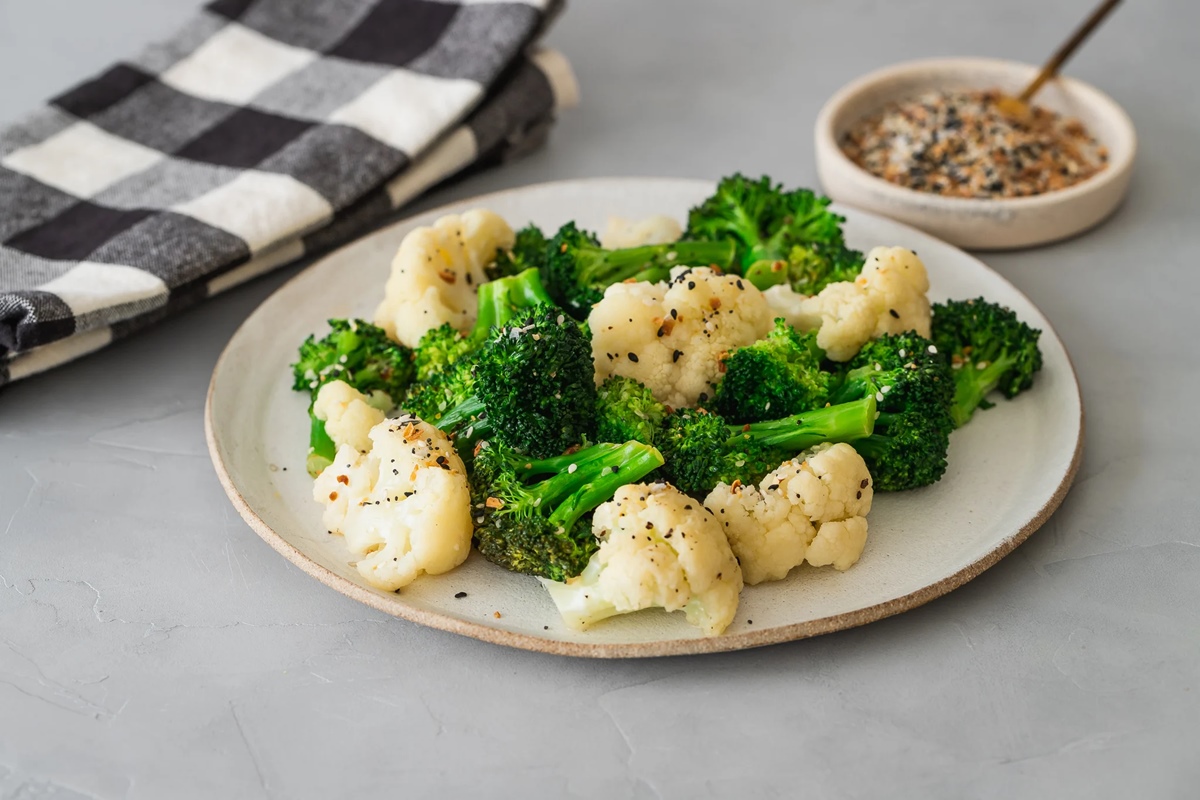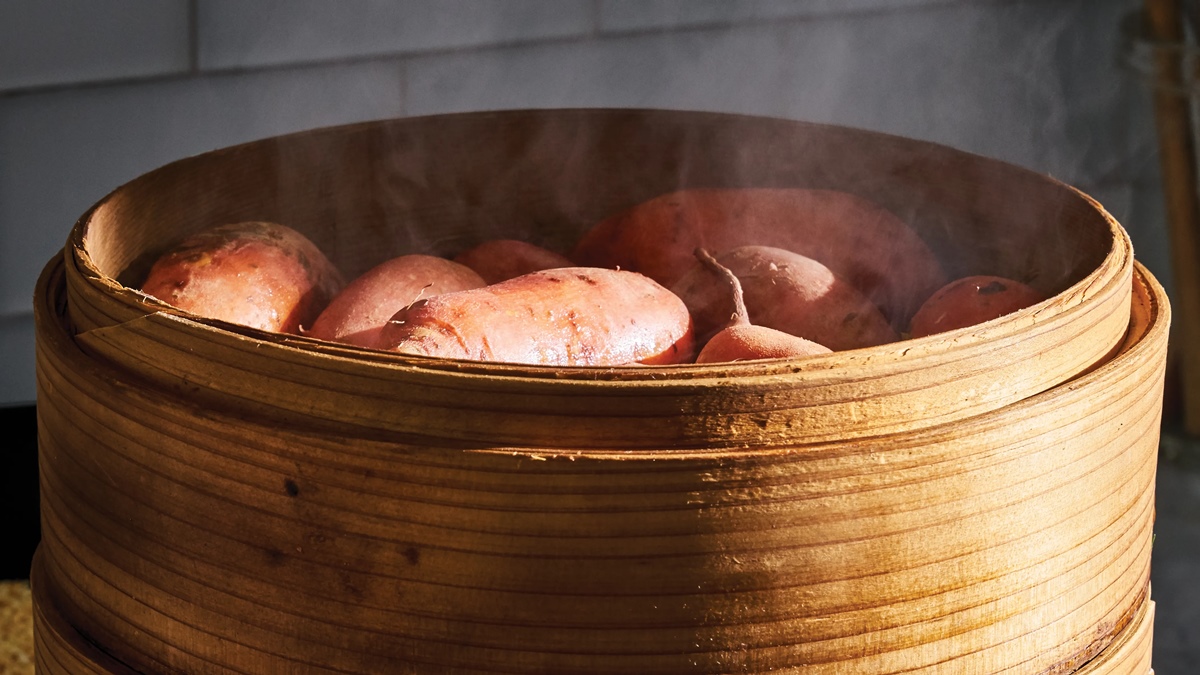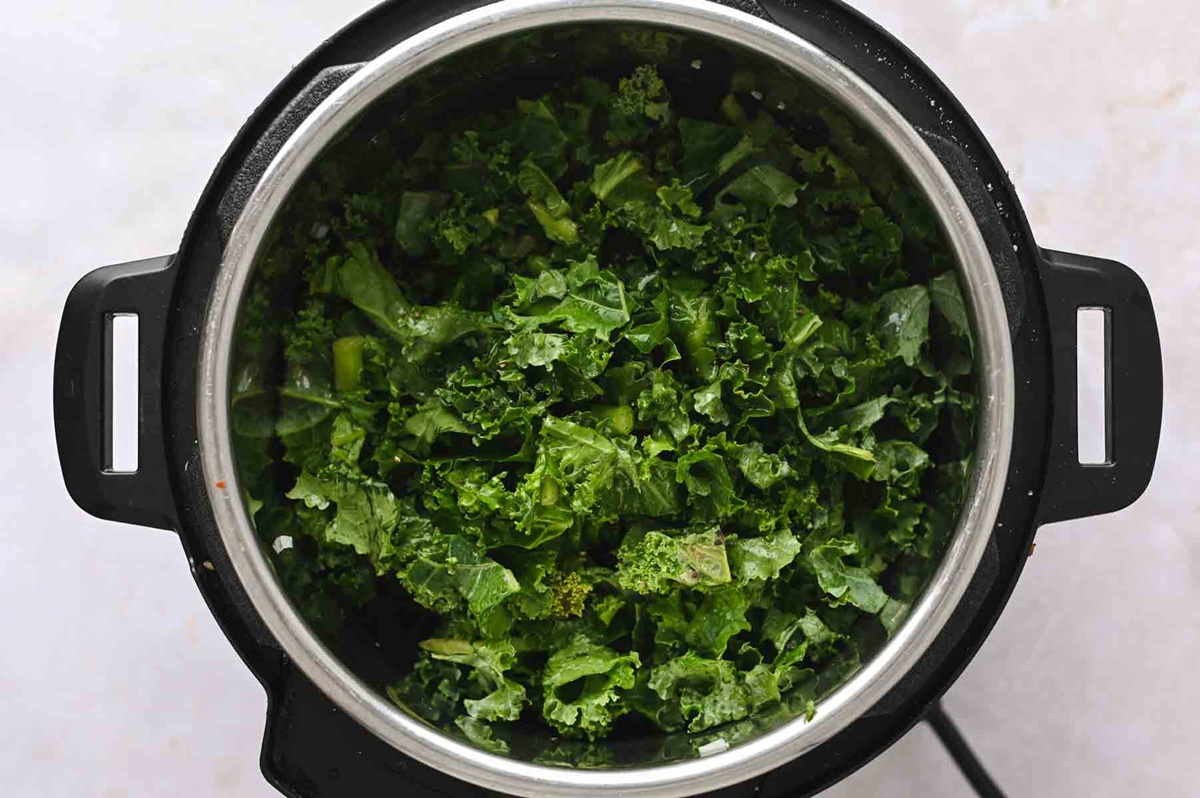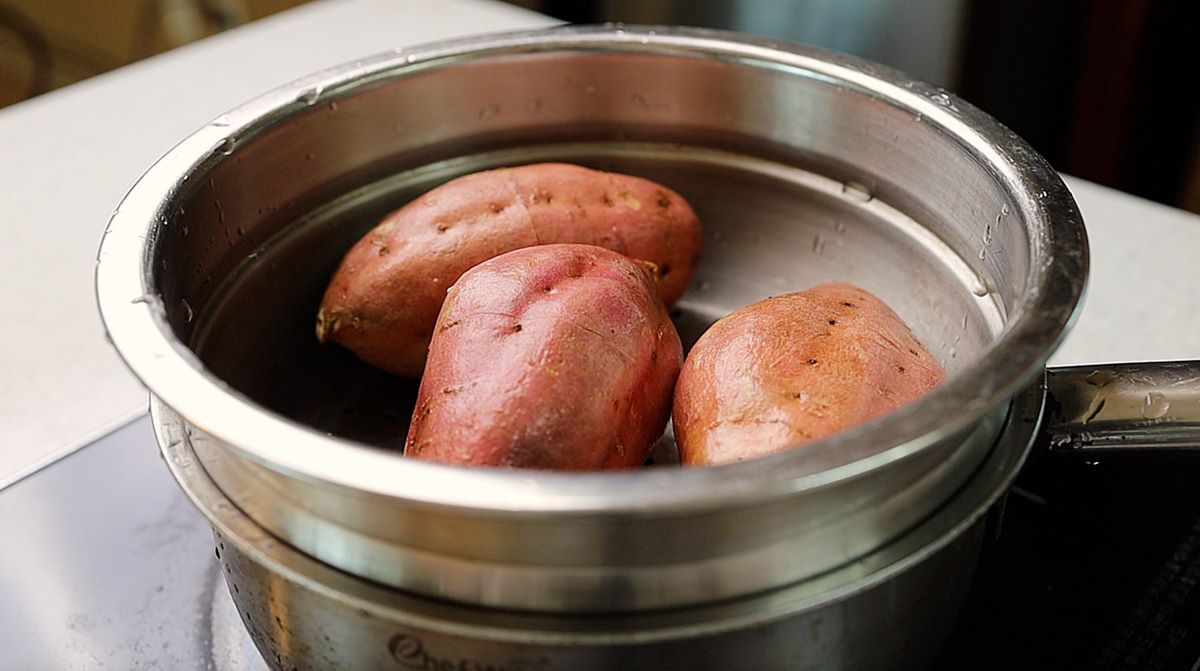How To Steam Veggies For Baby: A Quick and Nutritious Guide
Introducing solid foods to your little one is an exciting milestone. As a parent, you want to ensure that your baby receives all the essential nutrients while enjoying a variety of flavors. Steaming veggies for your baby is an excellent way to gently cook and retain the nutritional value of the vegetables. In this article, we will guide you through the simple steps of steaming veggies for your little one.
Why Choose Steamed Veggies for Your Baby?
Steaming vegetables is a fantastic way to preserve their natural flavors, colors, and essential nutrients. It is a gentle cooking method that maintains the integrity of the vegetables and ensures that your baby receives maximum nutritional benefits. Steamed veggies are also easier for your baby to digest, making them an ideal choice for introducing solid foods.
What Veggies Are Best for Steaming?
When it comes to choosing vegetables for steaming, opt for fresh, organic options whenever possible. Here are some popular choices for steaming veggies for your baby:
- Carrots: Rich in beta-carotene, which is excellent for eye health.
- Broccoli: Packed with vitamins C and K, as well as folate.
- Sweet Potatoes: High in fiber and a great source of vitamin A.
- Zucchini: A mild and easy-to-digest vegetable, perfect for babies.
Step-by-Step Guide to Steaming Veggies
Follow these simple steps to steam veggies for your baby:
- Wash the vegetables thoroughly under running water.
- Peel and chop the vegetables into age-appropriate sizes. For younger babies, it’s best to cut them into small, soft pieces.
- Fill a pot with a small amount of water, ensuring that the water does not touch the bottom of the steaming basket.
- Place the chopped vegetables in a steaming basket or a steamer insert, ensuring they are evenly spread out.
- Place the steaming basket or insert into the pot and cover it with a lid.
- Bring the water to a gentle boil and let the vegetables steam for about 5-8 minutes or until they are tender and easily mashed with a fork.
- Once the veggies are cooked, remove them from the steamer and let them cool.
- Mash or puree the steamed vegetables using a blender or food processor until you achieve the desired consistency for your baby’s age and feeding stage.
- Remember to always test the temperature of the food before feeding it to your baby.
Additional Tips for Steaming Veggies
Here are some extra tips to ensure a successful steaming session for your little one:
- Try to use organic vegetables whenever possible to minimize exposure to pesticides.
- For added flavor and variety, you can sprinkle a pinch of herbs or mild spices on the steamed vegetables. However, be cautious with added salt, as babies should consume minimal amounts of sodium.
- Steamed vegetables can be stored in an airtight container in the refrigerator for up to three days. To reheat, gently warm them in a microwave or on the stove, making sure to stir well and test the temperature before feeding.
- Experiment with different vegetables and combinations to introduce a variety of flavors and nutrients to your baby’s diet.
Remember, every baby is unique, and it’s important to consult with your pediatrician about introducing solid foods and the specific vegetables suitable for your child’s age and development. By steaming veggies for your baby, you are providing them with a nutritious and delicious start to a lifelong journey of healthy eating habits.
So go ahead, gather those fresh veggies, and let the steamer do its magic! Your baby will be delighted with each delightful, nutritious bite.
More Steamed Veggie Recipes for Your Baby
Now that you've mastered steaming vegetables for your baby, why not put those skills to the test with some delicious and nutritious recipes? For a smooth start, try the Creamy Broccoli and Cheese Puree for Babies which is not only rich in vitamins but also introduces a creamy texture that babies love. If you’re looking for something naturally sweet and filling, the Sweet Potato and Carrot Mash for Infants is highly recommended, providing essential nutrients with a gentle flavor suitable for sensitive palates. Another must-try is the Butternut Squash and Apple Baby Food, perfect for babies ready to explore slightly complex flavors. These recipes are designed to be easy on your baby's developing digestive system while offering a variety of tastes and nutrients.
Was this page helpful?
Read Next: How To Steam Vegetables In An Air Fryer
